Something we need to know
Our sink faucets are a crucial part of our kitchen. The faucet is probably the most used piece of any home. The average American is using an average of 88 gallons of water daily – largely for cleaning hands. Currently, this workaholic product offers more prices than ever before. The Kitchen Faucet is available for from $3.o0 to $500.00 basis on different materials and finishing, although it’s recommended to spend more to ensure durability.
What material, finishing and types should be considered for a kitchen faucet?
- Types of faucet material
While faucets are manufactured in dozens of material combinations, the most common materials are brass, acciaio inossidabile, rame, lega di zinco, nichel, e plastica. The material will affect how the faucet functions even if the design does not define its appearance. Most materials will allow the most finishing on a surface. If you look closely at a kitchen tap you should understand the design. You could talk to a company if you aren’t t convinced. Test the weight of the faucet in an attempt to find out if the material is heavy (such as brass, lighter, or more flexible) (such as aluminum).
- Types of faucet finishing
What you do with your faucets is very important. Material and finishes can affect both the overall appearance and functionality as well as its durability and safety. Oggi, the most popular finishings are chrome plating, stainless steel finish which is called BN finishing, nero opaco, Oro PVD, eccetera. The finishing of the faucet is described in detail in the following article by HCdrink for your reference. https://chinaiwater.com/choose-kitchen-faucet-guide/
- Other factors for selecting a faucet
Then the model style, size, eccetera. The size of the stainless steel sink determines the place where faucets must be mounted if the spout is too big or small. Aim for the maximum height of the vent in spouts. It should ideally have an impressive height enough for cleaning the deepest spot, but not so high so the water can float around the sinks. Always make sure the area behind the faucet is easily cleaned to allow the handle to work. And the maintenance and so on. All are detailed in the above article link.
In questo articolo, we focus on the analysis of faucet material that will have practical guidance for consumers to purchase, especially the company’s buyers.
- How to Choose the Best Material for Faucets
Che dire dei materiali?
Diverse finiture in metallo hanno ciascuna i propri vantaggi unici in termini di resilienza, costo, e design della cucina. Ottone, acciaio, zinco, e plastica sono tutte opzioni per i materiali del corpo del rubinetto dell'acqua.
1. Brass faucet
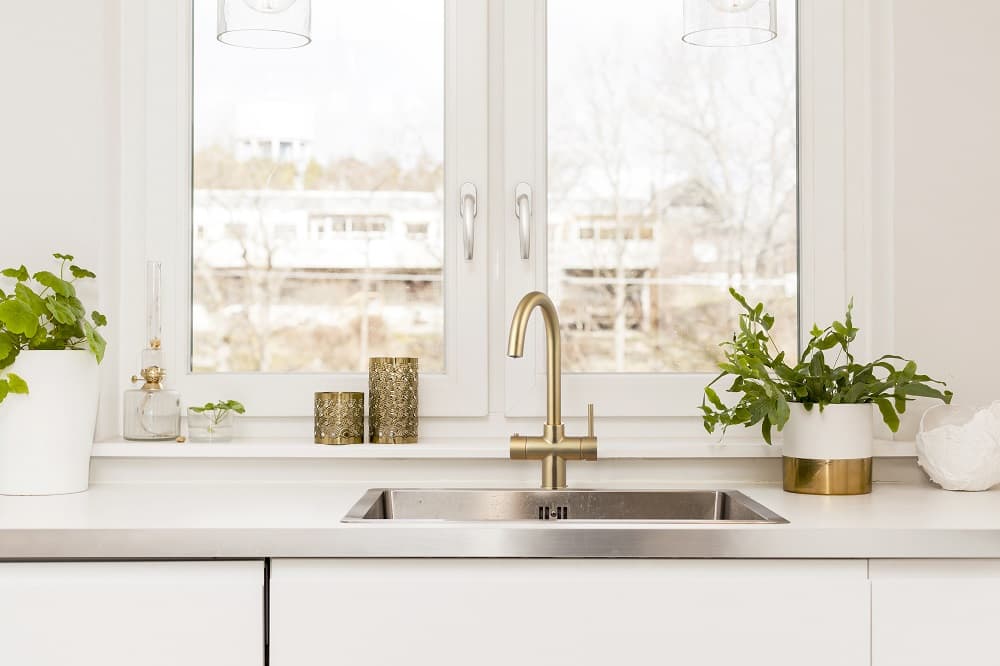
And of these faucets, the service life and performance as well as safety index together, then the best choice is the all-copper faucet, which has good corrosion resistance, anti-abrasion, easy processing, anti-bacterial, long service life, and other characteristics.
Antibacterial performance: copper can quickly kill super bacteria like MRSA in 30 minuti, and make bacteria that can not produce antibodies (copper faucet wall will not breed bacteria), which is other materials (such as stainless steel, plastic) that do not have the advantage.
Containing heavy metal elements.
The main material of the kitchen faucet currently used is brass HPb59, which contains trace amounts of lead. The current lead washing technology of the big brands can inhibit the precipitation of most heavy metals. For the United States’ lead-free copper requirements, copper faucets exported to the United States will be produced using lead-free copper.
2. Stainless Steel faucet
SS faucets do not contain lead and are acid- and alkali-resistant, do not suffer from corrosion, do not release harmful substances, and do not pollute the tap water source. Undoubtedly has become the focus of many faucet manufacturers began to focus on. It is understood that more than 304 stainless steel faucet surface does not need electroplating, its surface only needs polishing can be its stainless steel original color, and can continue to maintain the silver-white luster, never rust, stainless steel hardness, toughness is higher than copper products more than 2 volte. Stainless steel hardness, toughness, soluble casting and cutting processing are much more difficult than copper, high cost.
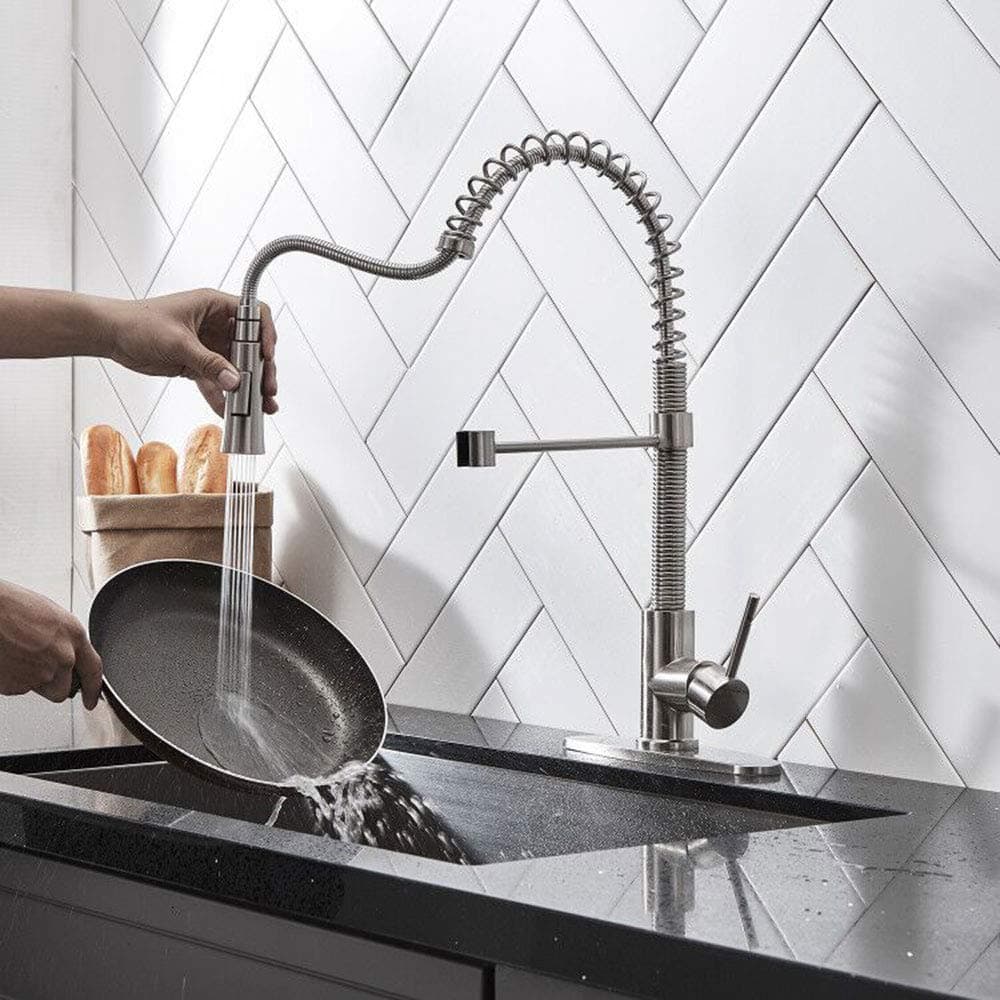
3. Zinc faucets
Tra i rubinetti più economici ci sono quelli in zinco e leghe di zinco. Questi sono anche i meno durevoli dei rubinetti in metallo.
Less expensive faucets may be manufactured using zinc alloy materials. The more well-known is the zMAC alloy created in 1929 by the New Jersey Zinc Companies to provide its metals. It was first made available for refinishing and reworking brass in applications where brass corrosion resistance wasn’t necessary. Generally used in the production of diecast products such as children’s toys and miniature trains. For faucets, zinc alloy is mainly used for the handle which doesn’t contact water directly.
Zinc belongs to heavy metal, corroded by the water will be mixed into the water, the human body has certain damage. Zinc alloy faucets and fittings are very easy to oxidation, underwater for a long time will be released under the immersion of zinc, Guida, and other heavy metals harmful to humans, and the alloy will also become brittle if the pressure of the water is too large, very easy to burst. Direct contact with drinking water components, according to the regulations does not allow the use of zinc alloy materials.
Several reports say leads are more harmful than arsenic. Lead levels in drinking water are 5 ppb or a billion per year in the USA or Canada if the EPA does not have any regulations in place. Certainly, this might have taken some lead. According to the International Health Organization, the regulation would favor “no-lead” standards.

4. Plastica
da ultimo, a plastic rubinetto della cucina will be the most inexpensive, e anche il meno durevole. Un aspetto positivo dei rubinetti in plastica, Tuttavia, è che sono gli unici modelli che non contengono piombo.
Why is plastic faucet a problem?
Plastic faucet is generally PPR or PVC, these two faucets if the sun’s exposure for less than a year will decay, and plastic faucets exist stupid phenol exceeds the standard, long-term use of human health effects, headaches, diarrhea and other uncomfortable reactions.
- After the above analysis, I recommend choosing only copper faucets or stainless steel faucets, the following we have a detailed analysis of copper and stainless steel materials.
ORDINARY BRASS ROD

Con eccellente lavorabilità, plasticità fredda, plasticità a caldo, taglio libero, e resistenza alla corrosione, è facile da giuntare e brasare.
ASTA IN RAME PROTEZIONE AMBIENTALE SENZA PIOMBO
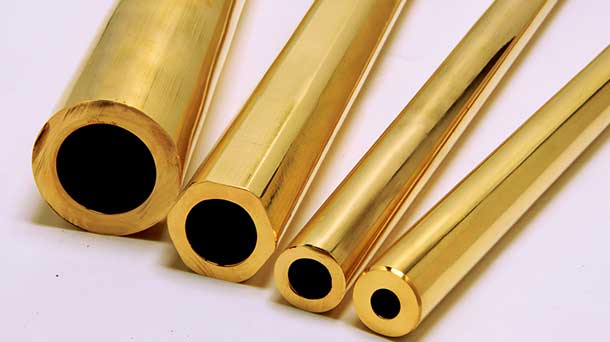
Protezione ambientale senza piombo (Pb≤0,25%), Eccellenti proprietà meccaniche, Eccellenti prestazioni di elaborazione termica, Buone prestazioni di lavorazione, Eccellente resistenza alla tensocorrosione
ASTA IN RAME SENZA PIOMBO E RISPETTOSA DELL'AMBIENTE

- Lingotti di rame lucido di grado A: the number of surfaces is impurities(the single area is less than or equal to 0.08 quadrato mm)≤3
- Lingotto di rame DZR: Requisiti di profondità resistenti allo de-zinco <100 micron
ASTA IN RAME ANTIDEZINCIFICAZIONE

Ottima resistenza alla dezincatura, Eccellenti proprietà meccaniche, Eccellenti prestazioni di elaborazione termica, Buone prestazioni di lavorazione, and excellent resistance to stress corrosion.
STANDARD COMPONENTI CHIMICI

STANDARD COMPONENTI CHIMICI

APPLICAZIONI DEL PRODOTTO
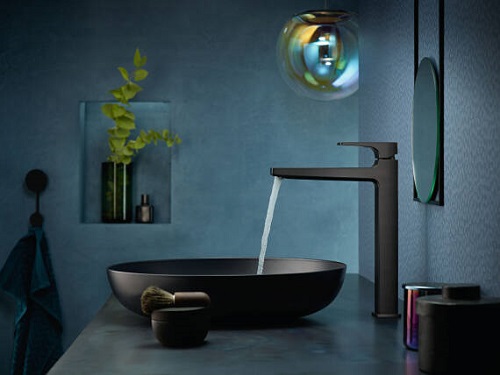
BAGNO DI ALTA QUALITÀ
ACCESSORI

CUCINA AMBIENTALE& BAGNO
ATTREZZATURA

VALVOLA
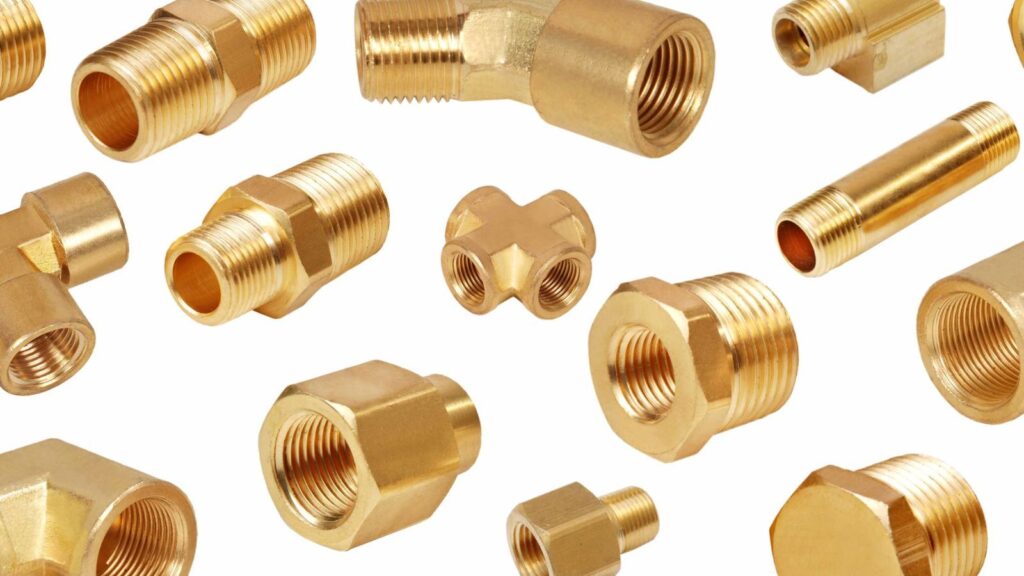
RACCORDI
APPARECCHIATURE DI PROVA
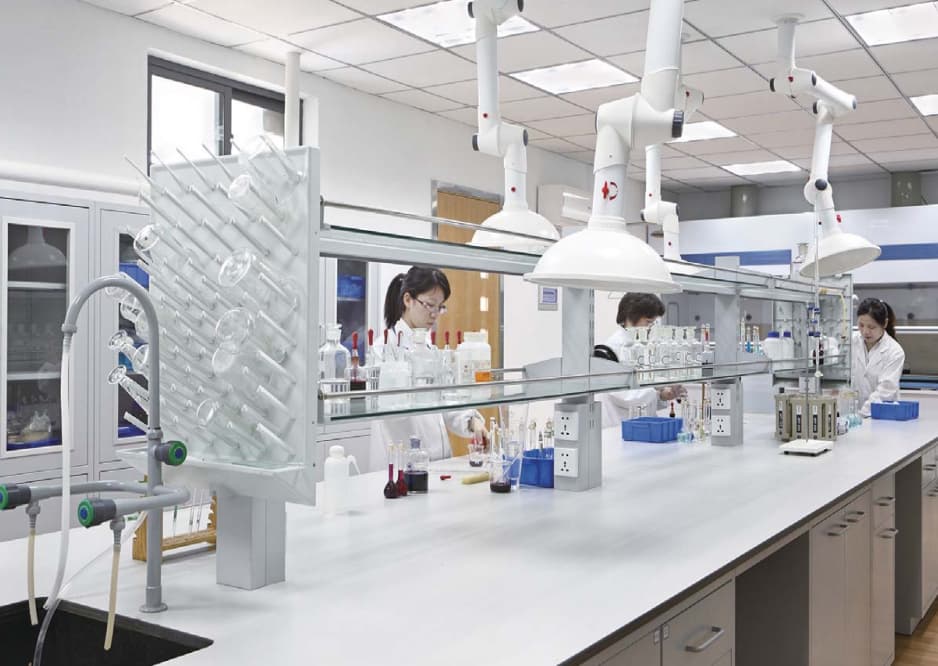

Ottone contro acciaio inossidabile

What’s The Difference?
Può essere una decisione schiacciante quando si tratta di scegliere il rubinetto perfetto per la tua casa. Materiale, funzione di stile, e il prezzo si combinano per rendere la tua scelta ancora più complicata! Oltre a voler essere esteticamente gradevole, l'importanza primaria è la qualità e la durata del vostro rubinetto. Ottone e acciaio inossidabile sono i due principali flussi di materiale utilizzati per la ferramenta del rubinetto sul mercato. Entrambe le opzioni sono estremamente vantaggiose e garantiscono una vita di funzionalità e soddisfazione, ma qual è la principale differenza tra loro?
Composizione del materiale (La roba tecnica)
L'ottone è una lega metallica composta principalmente da rame e zinco. La composizione può variare ovunque 50-63% rame e 50-37% zinco, con altri additivi utilizzati per la malleabilità del materiale. There are many manufacturing methods used to create brass hardware, compreso il battuto, forgiato, lancio, e processi fustellati. Dal momento che ha un punto di fusione relativamente basso, it’s easier to cast and is soft enough to machine with little effort yet hardy enough to endure the rigors of life as a faucet. Uno dei principali (e solo) issues with brass faucets is that they’re not 100% senza piombo. Era una pratica comune aggiungere piombo all'ottone per scopi di malleabilità, ma ora è stato praticamente vietato per l'uso nei rubinetti e nella maggior parte degli altri impianti idraulici. Prima 2014, un rubinetto potrebbe contenere quanto 8% piombo e continua a definirsi lead-free. Ora il contenuto massimo di lead in un faucet è 0.25% (1/4 di 1%). Per rispettare le restrizioni sul piombo, today’s faucet brass is “senza piombo” ottone che utilizza altri additivi per la malleabilità.
304 e 316 l'acciaio inossidabile è un'altra opzione materiale utilizzata per i rubinetti. Queste opzioni in acciaio inossidabile contengono 18% cromo e 8-10% nichel, il nichel conferisce all'acciaio una particolare struttura cristallina per aumentare la resistenza e la malleabilità del materiale mentre il cromo aiuta l'acciaio a resistere alla corrosione. Una piccola quantità di molibdeno (2-3%) viene aggiunto a 316 acciaio per resistere meglio agli acidi. Entrambi i materiali sono acciai austenitici, il che significa che sono bassi- o non magnetico. Inossidabile 304 è di gran lunga la lega più utilizzata per la produzione di rubinetti, ecco di cosa sono fatti i nostri rubinetti in acciaio inox Lulani. Inossidabile 316, noto come inossidabile di grado marino, ha una resistenza superiore alla vaiolatura, corrosione, e colorazione, particolarmente in ambienti acidi o salini, ma arriva secondo dietro a Stainless 304 due to its hardness and manufacturing difficulty level. Inossidabile 316 di solito è un po' più costoso di Stainless 304 A causa di ciò, ma a parte questo sono praticamente identici. Generalmente, l'acciaio inossidabile è più duro dell'ottone e ha un punto di fusione più alto, rendendolo più difficile dell'ottone da fondere e lavorare.
Benefici
L'ottone è uno dei materiali per rubinetti più antichi in circolazione ed è noto per la sua durata poiché può resistere a molta usura. I rubinetti in ottone non si rompono o si disintegrano facilmente. It’s one of the most corrosion-resistant materials out there. Questo è particolarmente importante se hai acqua dura, che corrode un rubinetto ancora più rapidamente di altri materiali. Può quasi sempre resistere ai danni dell'acqua calda e ad altri fattori ambientali corrosivi meglio di qualsiasi altro materiale. L'ottone è anche resistente al fuoco e spesso uno dei pochi oggetti recuperati quando una casa viene rasa al suolo dal fuoco.
Since it’s so commonly used, it’s easy to find almost any plumbing part or fixture made of the same material, il che rende molto semplice la sostituzione delle parti del bagno. Questo può anche rendere i costi di installazione e manutenzione un po' più convenienti perché il materiale è così facile da lavorare. Oltre ad essere più facile da trovare, gli infissi in ottone sono più malleabili dell'acciaio o del ferro. This means it’s easier to bend, sagomare o modellare raccordi per soddisfare le vostre esigenze rispetto alla maggior parte degli altri metalli.
Acciaio inossidabile, d'altro canto, è considerato un gradino sopra l'ottone. La sua durata fisica mostra una longevità che altri materiali non possono raccogliere. Ha proprietà naturali resistenti al calore che sono considerate resistenti alla corrosione, resistente all'appannamento, e non arrugginisce. This means it requires less maintenance since it’s scratch-resistant and will disguise spots and smudges.
L'acciaio inossidabile è estremamente igienico. It’s a common material used in the food processing, Ospedale, e industrie farmaceutiche per le sue caratteristiche di resistenza alla corrosione e alla ruggine. Il materiale in acciaio inossidabile utilizzato nei rubinetti fornisce un liscio, easy-to-clean surface that will not produrre small pores or crevices where bacteria may otherwise harbor. Le sue proprietà naturali possono essere caratteristiche molto interessanti per una pletora di industrie.
Una delle principali differenze tra il materiale in ottone e acciaio inossidabile è che l'acciaio inossidabile lo è 100% senza piombo. Tutti gli impianti idraulici negli Stati Uniti dovrebbero essere sicuri, ma come abbiamo detto prima, alcuni materiali contengono una piccola quantità di piombo. Stainless steel doesn’t, so you can rest assured it won’t release lead into the water that comes out of the faucet.
How To Tell What You’re Getting
Puoi rivestire la maggior parte dei rubinetti e degli infissi in metallo e plastica con quasi tutte le finiture, il che significa quando acquisti un nuovo rubinetto, make sure to ask about what material is inside the faucet’s body. Un altro trucco è sentire quanto è pesante il rubinetto. Dal momento che un rubinetto di buona qualità avrà un po' di peso, you’ll want to feel how heavy various faucets are.
Le costruzioni in ottone massiccio sono di qualità molto superiore rispetto ai rubinetti che hanno una placcatura in ottone o una finitura simile all'ottone. Di solito puoi distinguere tra i due perché l'ottone massiccio è molto più pesante. Lo stesso vale per gli infissi in acciaio inossidabile. Ci sono molte opzioni di acciaio più economiche sul mercato, ma il loro prezzo più basso è spesso correlato alla loro qualità inferiore. I veri rubinetti in acciaio inossidabile sono fatti di entrambi 304 o 316 inossidabile, quindi fai attenzione a tutto ciò che è elencato in modo diverso.
